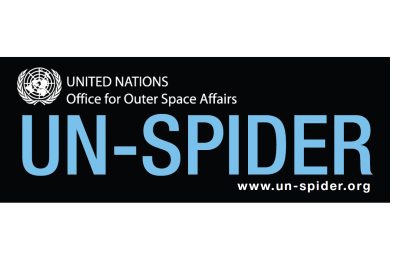From 12 to 14 March 2024, the UN-SPIDER programme of the United Nations Office for Outer Space Affairs, the German Aerospace Center (DLR) the Center for Remote Sensing of Land Surfaces (ZFL) of the University of Bonn joined forces to organise the UN-SPIDER Bonn International Conference on Space-based Solutions for Disaster Management - "Early Warnings for All".
Taking note of the UN Secretary-General’s Early Warnings for All initiative, the focus of this year's conference is the role of space technologies in contributing to early warning systems across the globe. The conference was inaugurated with opening remarks by the Director of the United Nations Office for Outer Space Affairs (UNOOSA), the Director of Applications and Science in the Space Agency at DLR, and the Speaker of ZFL.
The conference was used by UNOOSA and its UN-SPIDER programme to launch the new flagship publication entitled Space Technologies for Early Warning Systems. Readers can find more information and a link to the document here.
About the Conference
Advances in space technologies have brought new opportunities to improve the routine operation and effectiveness of early warning systems around the world. Such efforts can contribute to improve the four pillars early warning systems in case of hydrometeorological, geological, coastal, environmental, health, biological, and extra-terrestrial hazards.
Satellite telecommunications plays an essential role in transmitting relevant data from sensors located in remote, hard to reach areas, to national observatories. Such data are used to monitor hazards and to forecast potentially catastrophic events. In addition, the space community is finding ways to use the existing constellations of global navigation satellite systems to issue warnings to communities at risk. Meteorological satellites and other Earth observation satellites are contributing to an improved understanding of the temporal and spatial dynamics of severe weather in land and at sea. Furthermore, Earth observation satellites are also used to monitor other types of hazards and allow for the most up-to-date view of elements exposed to natural hazards. In a complementary fashion, the space community is implementing services that provide ready-to-use geospatial information regarding hazards such as floods, droughts and forest fires. Furthermore, products such as digital elevation models, land-use/land-cover layers and tools such as the World Settlement Footprint of the German Aerospace Centre and the Global Human Settlement Layer of the European Commission allow for an estimation of the number of people exposed to hazards.
The conference has mobilized experts from more than twenty institutions and organizations to present information on these novel efforts carried out by the space community; and representatives of national space agencies, national disaster management organizations, other government agencies, universities, research centres, and NGOs to discuss ways in which these developments can be introduced in existing early warning systems.
This International Conference will take up the issues raised above and continue identifying challenges, highlight solutions, and encourage partnerships for using space technologies in early warning systems.

